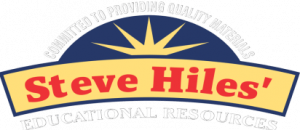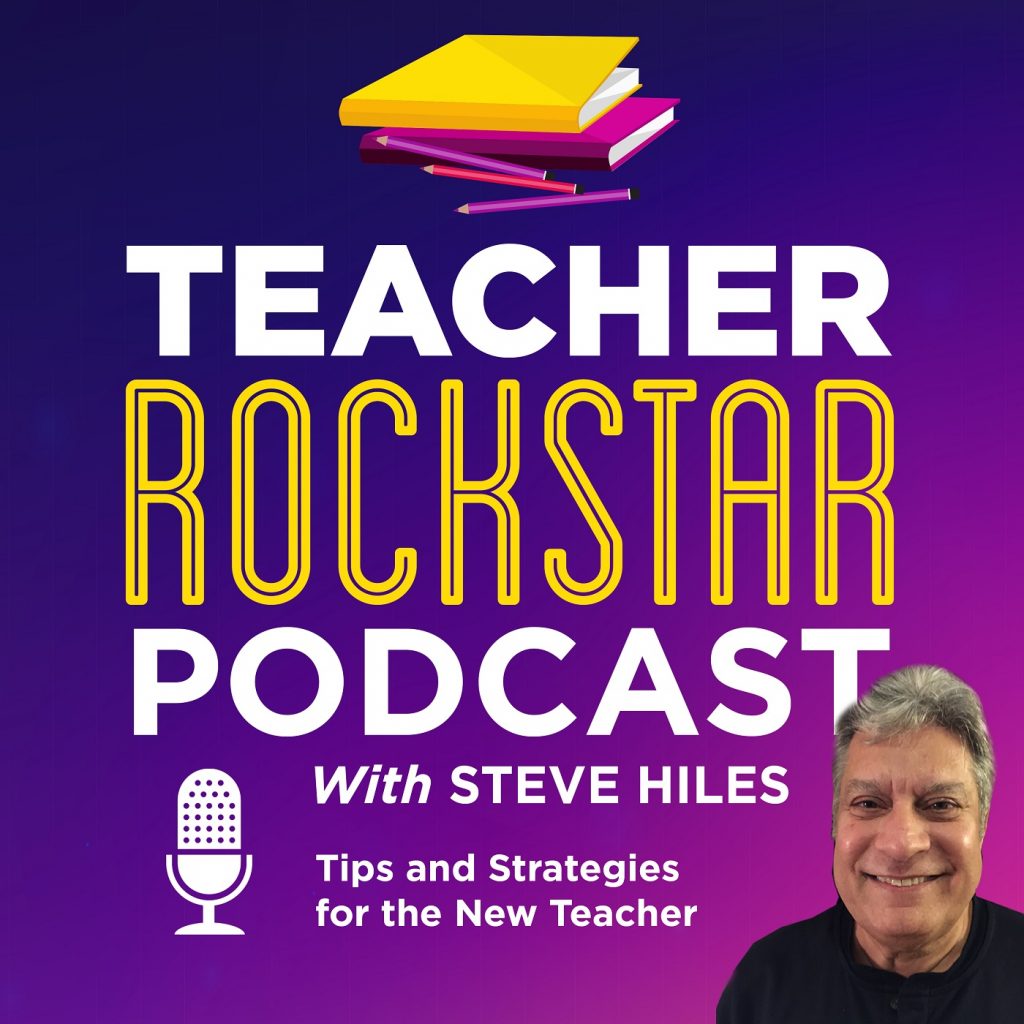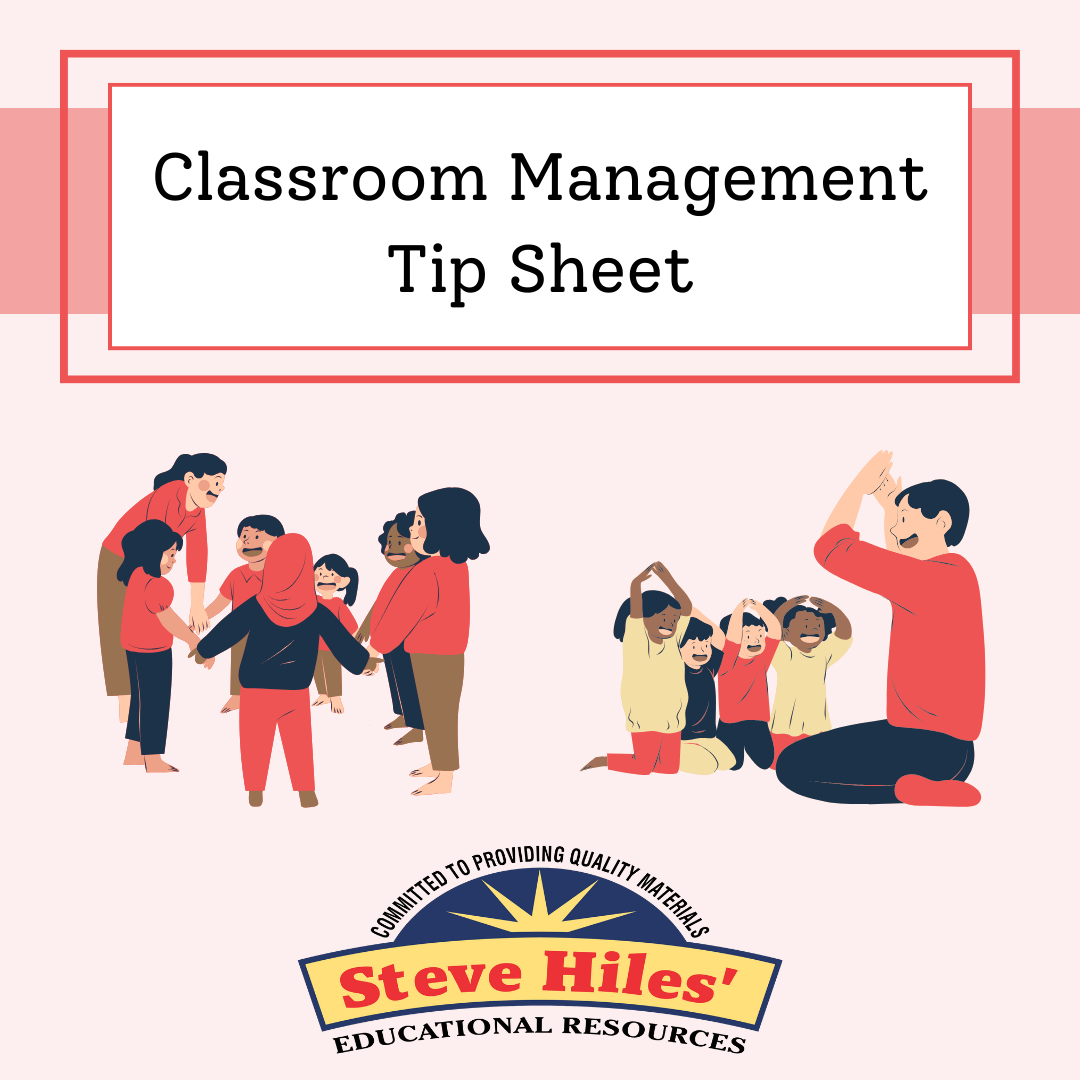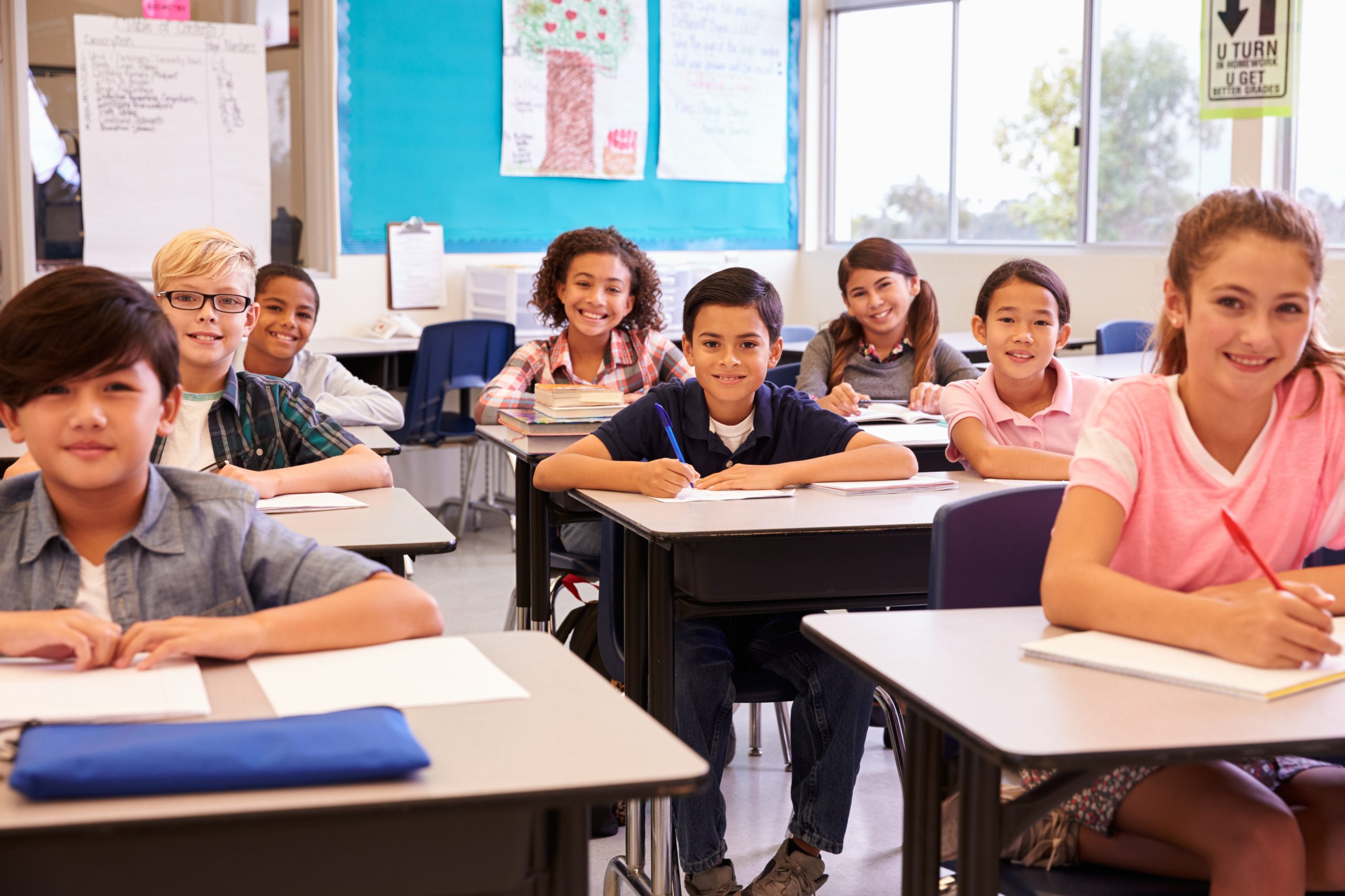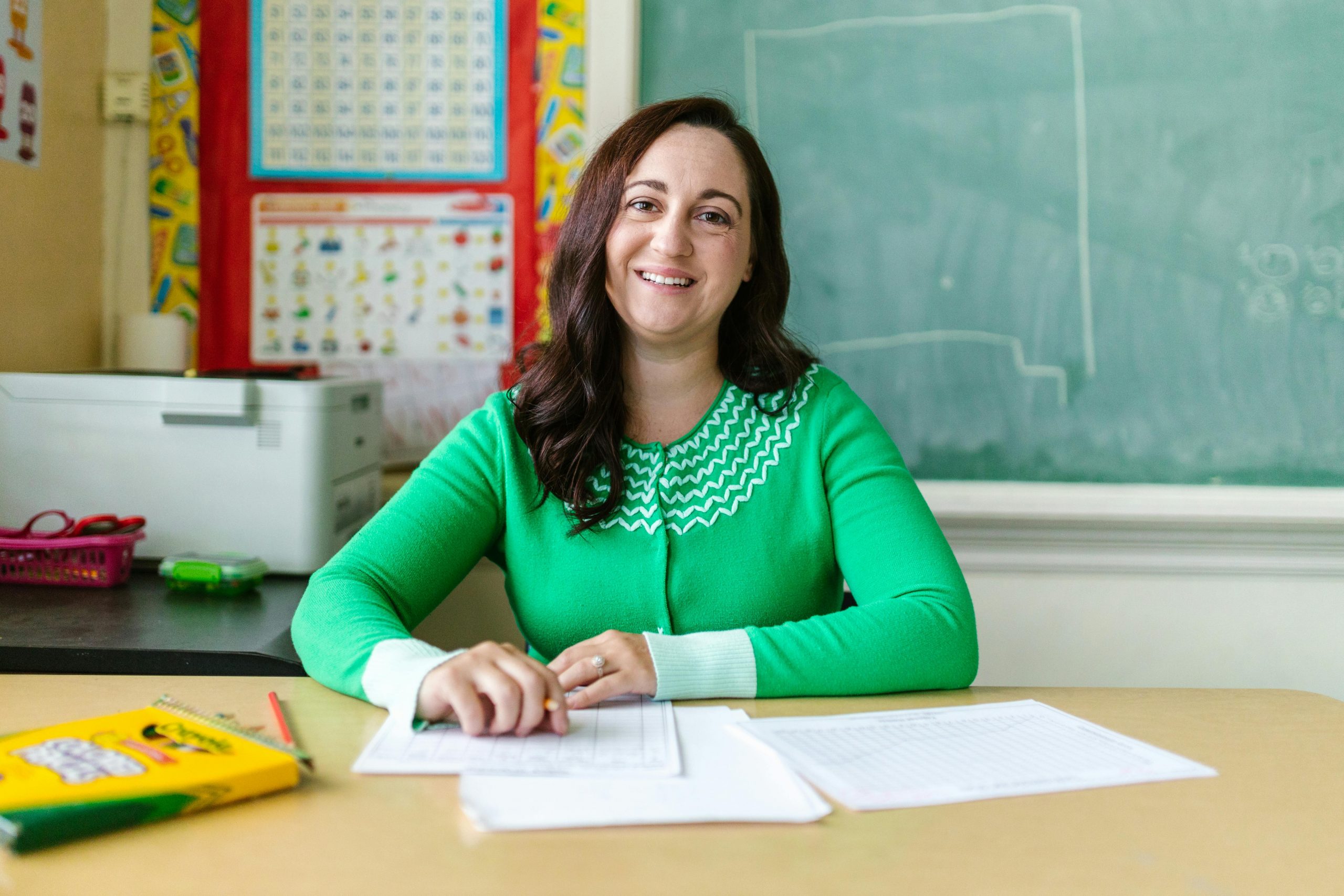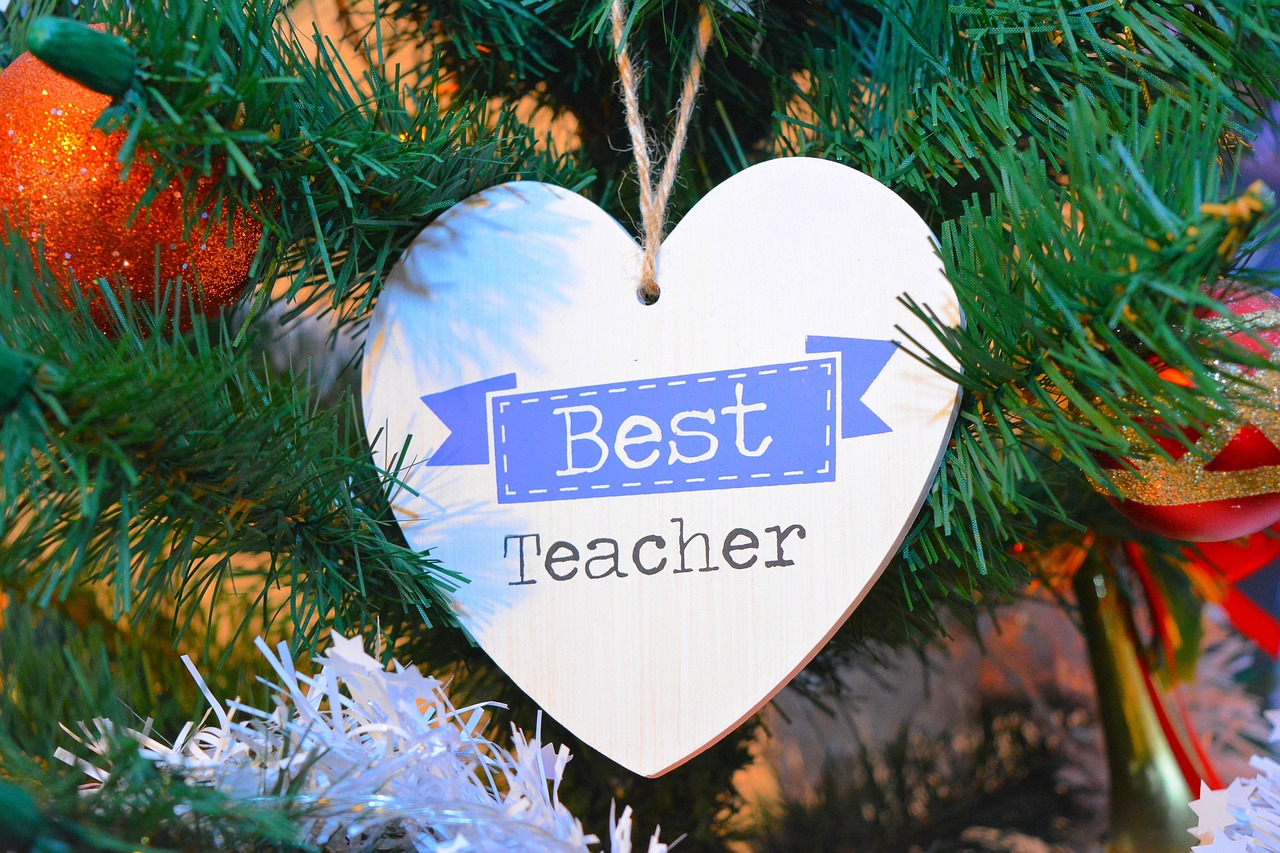As you can imagine a classroom library is a cozy place that welcomes you to sit down and read in silence or browse through a rich collection of books. you wouldn’t be completely wrong, but it is not the case either. In fact, there are some classrooms I have been too that kept books in a closet, and sadly the access to those books depended on the teacher aid. Having a library in your class serves many purposes.
Let me first start by saying that there is no one right way to establish your classroom library or organize your library – it’s up to you! But you must start with just how you are going to organize it and how children will access the books and how many to include. Now I know a lot of future teachers while in college start collecting books for their classroom libraries long before they finish their teacher preparation programs. But I found that it was not always clear how many books they need or what kinds of books they should be seeking.
In addition to being selective about the general quality of texts, finding books that are culturally relevant to the lives of students is an important factor in building a library that is reassuring and motivating for beginning readers. Including texts with characters similar in age to students in the classroom who share experiences they have had can be critical for generating interest and fostering self-to-text connections. Cultural and linguistic familiarity may be an especially important factor for literacy acquisition for English language learners. Unfortunately, teachers may have difficulty finding books that reflect the experiences of children in their classroom if they are not aware of resources available for that purpose. In addition, teachers may need guidance in identifying high quality multicultural children’s literature that avoids racism and stereotypes, particularly if they are not from the same cultural or socioeconomic background as the students they teach.
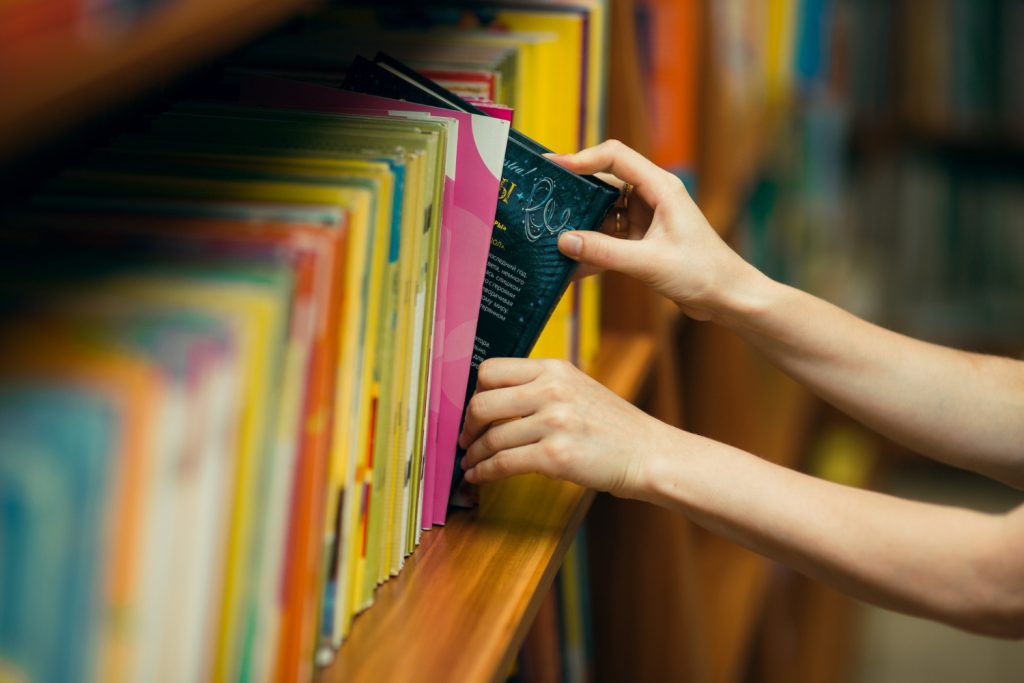
You may be wondering how many books do you need? Well, me personally, I’d suggest anywhere between a half a dozen to a dozen books per child would be a good start. When I taught 4th & 5th graders my goal was 1,000 books – and in time I exceeded that goal.
Yet again, having many books and having quality to read that will genuinely affect the traits of your students is still very important. It does not mean that you have to read all of those books yourself to be able to know the message they deliver but you do get the idea from the purposed sections that fit the caliber of your students. It completely depends on the level of class that you teach.
In my experience and what has served me well is keeping books that are just a little bit hard to read for the level of my students, let me explain more about this.
I am sure some of you might be thinking why someone would deliberately give a book to their student that they know is hard for them to read for their level. Yes, it is okay to speculate that I must have been an eccentric teacher, but the reason I did practice that is to provide them with a challenge, not all of those books were above their level and any student who just cannot make it work or needs more practice can always trade their books for a different one, but they have to tell the reason to their teacher. Having a bit hard to read books when applied correctly [and that’s the key] can provide a challenge and an opportunity to collaborate, discuss and debate with their teacher as well as peers. When they do not understand a certain topic, it is more likely that they will ask their teacher, a fellow or their parents to be able to continue reading. Being a step ahead in the reading game makes their pronunciation stronger among many other benefactors.
So, let’s talk about the benefits of having a library in your classroom for your students. We will talk about the functions that it serves and when you implement it in your classroom what you can expect.
Starting off with…
Table of Contents
ToggleSupporting Literacy Instruction
One of the very common reasons why you would consider a classroom library is to support the reading and writing abilities of your students.
If you have just started your teaching career, or you have been in the profession for a long time, teachers struggle with the ability of their students to read, you can try as many workshops as possible, give them reading tasks or add a graded assignment to read, it won’t give the desired results since all of your students will be reading the same paragraph or text. To this end, having a classroom library with books and other media materials to support student learning in all of the daily curriculum subjects, from science, health, mathematics, history, economics, geography, music, art, drama, dance, languages, grammar, spelling, literature, computers, and other topics give them the freedom to choose from a wide range of topics and what intrigues them the most. Therefore, they have more interest towards making the effort of reading.
It is important for teachers to have an adequate collection from different genres to not only accommodate their interests but to help them find new areas that might change the way they think about books and reading. You don’t want to shy away from reading fiction, it may be far from the practical world, but it does get them going on to develop the habit of reading.
It Helps your students Learn About Books
Having an effective library in your classroom does more than just adding to their reading skills. It provides a place for teachers to teach their students about books in general. Here we consider a scenario, as a teacher you recommend a book to your student, you tell them to read the book and you follow up later only to find your student either forgot your recommendation or they were unable to find it. This is where your classroom library makes a big difference. Because your students will be able to have easy access to a variety of books.
It is also an effective way of teaching your students, how they can take care of books, instead of giving them a hard time because they accidentally tore a page or messed up the binding, you can have a small book repair area in your class and teach them how they can keep their books even at home intact for future use. It gives you and your students more room to find the right book for them to read, how they can locate books and when they bring them back how they should leave them in the rack so if someone else tries to find them it is there.
Providing a Central Location for Classroom Resources
Your classroom library can be used as an organized place for the classroom resources, before I proceed with this point, I want to highlight how important it is to teach your students that the classroom resources are for them and not just school property, they should be taking care of everything in the class as if it were their own. That includes putting the book back in its rightful place.
Having an additional space for organizing science equipment, audio players, DVDs, computers, games, magazines, and other materials that support learning. In this respect, the classroom library mirrors the organization of media centers at the individual and district levels.
It Provides Opportunities for Independent Reading and Curricular Extensions
It is important to consider your classroom library as a resource and location for independent reading, personal exploration, project research, and individual assessment. It makes it easier to have a good reading program in place so students can find time in their busy schedule during school and spend some time exploring new books to read independently
Select books to read that meet their personal, recreational reading interests. The class library should also provide quick print and digital material. Further, an in-class library offers a setting for students to quietly read aloud and discuss a book with a peer or the teacher. This provides an ideal opportunity for you to conduct an informal assessment of each student’s reading, which will help you to plan individualized instruction.
It serves as a Place for Students to Talk About and Interact with Books
The effective classroom library also functions as a gathering spot where students and teachers can express their lives as readers. Think of it as a place that makes books exciting, that sells reading. It should be a place where students cannot wait to get to. It is a continuous process and in this age of technology where kids grow up with ipads and computers, it makes it likely that developing minds will deviate from reading books to something more visually appealing. But it doesn’t have to be. A classroom library if utilized properly can create a joy for reading and for children sharing their thoughts.
Now, let’s discuss how to build up your classroom library on a budget. It is inevitable that more we read, better at reading we become. It Is also true that the earlier we start reading, the better it makes us. As we have discussed having a variety of books at arm’s length makes it easier for students to get in to reading, as opposed to searching for a book online or going to a physical store to pick it up.
I want to talk about 5 ways how to gets books on a budget…
Number 1: Request Parents and Students to donate
I cannot say this enough, asking for gently used books is a great way and least expensive way to build your classroom library. You can send a letter at the beginning of a school year to parents of your students and request them to look for any books they might have laid around the house that their children loved to read or might be interested in reading and send them to school.
Number 2: Donations from other teachers
A small classroom library can hold really quite a few books. You can ask fellow educators to see if they have any books that might not be suited for the class they teach anymore and donate them. You will be surprised how much you will end up getting.
Changing grade levels, teachers are especially a good resource when it comes to getting books. Teachers who will be teaching another grade level will be happy to find ‘their old books’ a loving space.
Number 3: Allocate school funds
Not many schools allow funding to teachers and usually it is a long process to get the change approved; however, if your school has that model, use the school funds to get books for your class, you can opt for used or old books option that way you will be getting more while spending less. Most used bookstores offer bundles, and you can hand pick the right books without being concerned about spending too much. Don’t over stock though only get the ones you think are the best suited and once your students develop the habit of reading you can always add more.
Number 4: Ask Your Friends and Family
As a teacher when you speak of the importance of something for students or pitch an idea people pay attention to it, you can start a drive among your friends and family, create a WhatsApp group or start a Facebook page to encourage people in your circle to donate books for the school. You may not be able to handpick them, and it is possible that a good portion of what you receive won’t fit your needs, and that’s possible, but you can always give them away to someone else in need, you might find a teacher in your school who would be happy to take extra books.
Number 5: The Reading Resource Project
Now this is interesting here…
This program is sponsored by the Literacy Empowerment Foundation and provides books for pre-k to 2nd grade at just the cost of $0.88 shipping per book. Again, if you have a fund allocation from your school you can grab a bunch of books while spending less.

